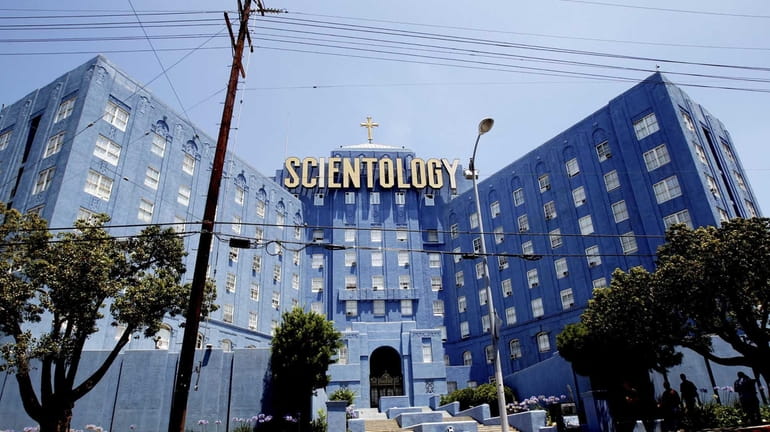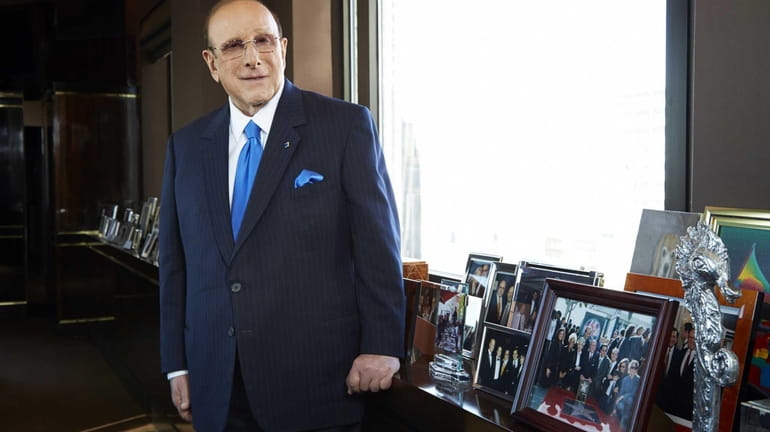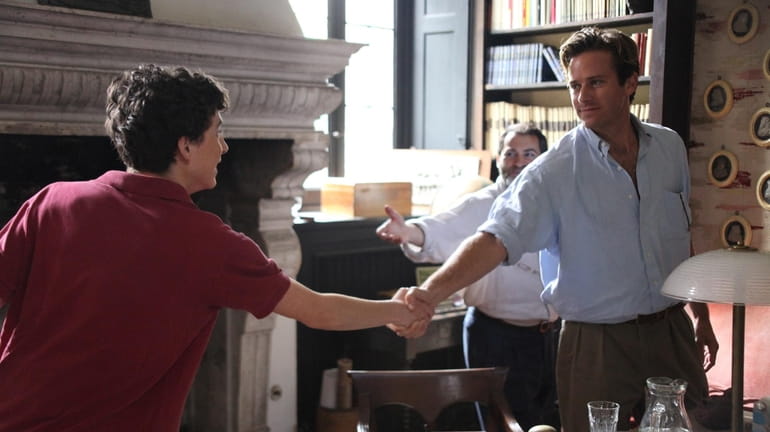Lawrence Wright book takes on Scientology, Tom Cruise

The Church of Scientology of Los Angeles building. Credit: Reuters
GOING CLEAR: Scientology, Hollywood, and the Prison of Belief, by Lawrence Wright. Alfred A. Knopf, 430 pp., $28.95.
Lawrence Wright's "Going Clear: Scientology, Hollywood, and the Prison of Belief" is a gripping, exhaustive, remarkably evenhanded investigation of the religion everyone loves to hate. It helps answer the mind-boggling question: Why would anyone become a Scientologist?
Wright is a longtime reporter for The New Yorker magazine and author of a Pulitzer Prize-winning history of al-Qaida, "The Looming Tower." This meticulously reported book, based on years of archival research and more than 200 interviews, grew out of a 2011 New Yorker story about Oscar-winning screenwriter Paul Haggis, who left Scientology in 2009 after three devoted decades. While "Going Clear" offers thorough portraits of Scientology's founder, L. Ron Hubbard; his successor, David Miscavige; and Haggis, it also presents a disturbing record of lives damaged by Scientology's isolation and vindictiveness.
Charming, delusional and visionary
Wright sees something genuinely fascinating in Hubbard, who was born in Nebraska in 1911 and became the world's most prolific author. "To label him a pure fraud," he writes, "is to ignore the complex, charming, delusional, and visionary features of his character that made him so compelling to the many thousands who followed him and the millions who read his work."
Hubbard's book "Dianetics," published in 1950, spent 28 weeks on The New York Times best-seller list and became the philosophical basis of the Church of Scientology, which he established four years later. According to its creation myth (memorably ridiculed in a 2005 episode of "South Park"), an intergalactic despot named Xenu brought billions of his people to Earth 75 million years ago and killed them using hydrogen bombs; their souls encumber Earth's inhabitants today, and only Scientology can liberate us. (The church refuses to address questions related to this cosmology, which it considers sacred. It was first made public in a 1985 Los Angeles Times article.)
"Hubbard ingeniously developed Scientology into a series of veiled revelations," Wright says, "each of which promised greater abilities and increased spiritual power." Rising from level to level involves coursework and being "audited" -- "a kind of Scientology psychotherapy that involves the use of an electropsychometer, or E-Meter," Wright explains. (Hubbard likened the E-Meter to a lie detector.) The term "going clear" means achieving an enlightenment that's a "base camp for those who hope to ascend to the upper peaks of Scientology."
Courses are expensive: Wright says it can cost as much as $400,000 to reach the highest levels. "That doesn't count the books and materials or the latest-model E-Meter, which is priced at $4,650," he notes. With maybe tens of thousands of members worldwide (or millions, if you believe the church), Scientology now has about $1 billion in liquid assets.
Expanding the empire
In Wright's account, Hubbard carefully expanded his empire while chasing grandiose dreams and succumbing to paranoid fantasies. In 1967, he established the Sea Organization, or Sea Org, which functions as Scientology's clergy; what Wright calls "widespread allegations of physical abuse, involuntary confinement, and forced servitude" by its leaders have dogged the church ever since. Scientology's spokespeople have consistently denied them, but Wright talked with 11 former Sea Org members who said they had been assaulted, and another 22 testified in court or told him they had witnessed assaults. In a footnote Wright lists their names.
Those allegations are just part of what makes Scientology notorious. As Wright describes -- and as many books and articles have asserted over the decades -- the church is relentless in pursuit of its critics, often overwhelming them with litigation. It practices "disconnection," forcing many members to sever ties with family and friends it regards as "Suppressive Persons" -- anyone whose skepticism about Scientology makes them a perceived threat. (The church denies this practice.) It has a vendetta against psychiatry, which Wright says it holds "respons ible for many of the ills that have affected humanity."
And, according to "Going Clear," the church has engaged in a shocking degree of espionage. In the 1970s, Wright says, "as many as 5,000 Scientologists were covertly placed in 136 government agencies worldwide," including many in the United States, as part of Operation Snow White, a search for files damaging to the church.
Scientology's legal problems go back to the 1960s, with the FDA seizing E-Meters in 1963 and the IRS rescinding the church's religious tax exemption in 1967. Hubbard went into hiding in 1980, fleeing three subpoenas and four dozen lawsuits; he died in 1986.
Hubbard's heir
David Miscavige, who joined Scientology as a boy and became an "auditor" when he was 12, took command at 25 in what Wright presents as a coup. Wright paints the portrait of a charismatic leader with a "glittering smile and a commanding voice" whose "constant profanity" and volatility "keep everyone off balance." (Miscavige's niece, Jenna Miscavige Hill, will publish a memoir next month; its title is "Beyond Belief: My Secret Life Inside Scientology and My Harrowing Escape.")
Wright describes Miscavige living in luxury at Gold Base, a heavily fortified 500-acre compound maintained by Sea Org members in the California desert. Those Sea Org members, Wright says, typically earn just $50 a week. In his decades as leader, Miscavige has increased Scientology's wealth, if not its credibility, by reclaiming its tax-exempt status (after a two-decade legal battle with the IRS, settled in 1993).
Hollywood connections
Within a year of its creation, Scientology looked to celebrities to become public icons of the religion. Actor John Travolta became Scientology's friendly face in the late '70s, but Miscavige ensured that Tom Cruise would be more than just a poster boy. Wright alleges that Miscavige, since 1989, has coddled Cruise and steered skeptics out of his life. (Cruise's lawyer and the church deny this.) Cruise has given millions of dollars to the church, and has lobbied presidents and cabinet members on its behalf; Miscavige was best man at Cruise's second and third weddings.
Wright is utterly damning about Cruise's relationship to Scientology, which he sees as far from innocent. "Probably no member of the church derives as much material benefit from his religion as Cruise does," Wright declares, "and consequently none bears a greater moral responsibility for the indignities inflicted upon members of the Sea Org, sometimes directly because of his membership."
Street corner convert
The book's frame is the astounding story of Haggis, writer of the movies "Million Dollar Baby" and "Crash." He exemplifies how a smart, skeptical person could be drawn to Scientology. In 1975, as Wright describes it, Haggis was an intellectually rebellious community-college dropout looking for a way to change his life when he was handed a copy of "Dianetics" on a street corner. He benefited from Scientology's practical uses as a philosophy of human nature and from the church's extensive Hollywood network; he kept his doubts about its cosmology to himself. Raising his daughters in the church and rising to its highest levels of study, he quit after researching Scientology's scandal-ridden history.
"I was in a cult for 34 years," Haggis told Wright. "Everyone else could see it. I don't know why I couldn't."
Still, in another example of this book's clear-eyed, fair-minded approach, Wright cautions against condemning Scientology on the basis of belief. "Every religion features bizarre and uncanny elements," he reminds us. "But like every new religion, Scientology is handicapped by the frailties of its founder and the absence of venerable traditions that enshrine it in the culture." In other words, given a thousand or even a hundred years, even the most outlandish ideas can become gospel.


